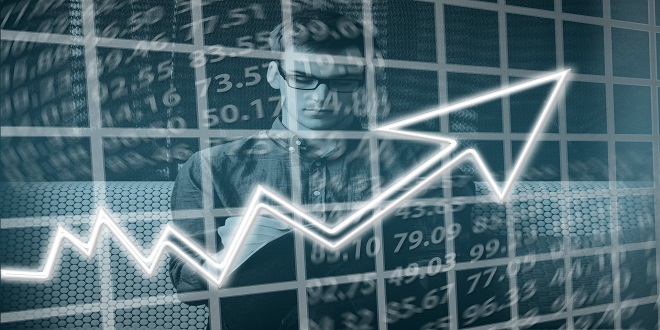In the annals of economic history, stock market crashes have always stood out as significant events, moments when fortunes were lost and lessons were learned. These moments have helped shape modern financial practices, offering us insights into navigating turbulent times. In this article, we delve into some of the most impactful stock market crashes and distill the key lessons we can draw from them.
The term “stock market crash” often conjures up images of abrupt, dramatic downturns in market prices. However, it’s essential to understand that crashes are usually the result of complex, intertwined economic factors, often building up over time.
One of the earliest recorded stock market crashes was the South Sea Bubble in 1720. The British South Sea Company, granted a monopoly on trade in South America, saw its stock prices inflate rapidly on speculative trading. However, the bubble burst when it became apparent that the company’s profits were nowhere near expectations. The crash resulted in significant loss of wealth and a mistrust of stock markets, which resonates in investment practices even today. The key lesson from this incident is the danger of baseless speculation and the importance of accurate company valuations.
Fast forward to October 1929, the infamous Wall Street Crash or ‘Black Tuesday’ marked the beginning of the Great Depression. Overconfidence in the stock market led to speculative investments funded by borrowed money. When the market collapsed, it led to a liquidity crisis, causing a decade-long economic depression. The takeaway from the 1929 crash was the need for regulatory oversight and risk management in stock markets. This event eventually led to the formation of the Securities and Exchange Commission (SEC) in the United States.
The stock market crash of 1987, also known as ‘Black Monday’, saw the Dow Jones Industrial Average drop by 22.6% in a single day. This crash, spurred by a global stock sell-off, was exacerbated by automated trading systems that sped up the selling process. The 1987 crash taught us about the potential risks of automated, program trading, leading to the introduction of ‘circuit breakers’ to prevent panic selling.
More recently, the 2008 Financial Crisis, triggered by the subprime mortgage bubble in the US, led to a global economic recession. Financial institutions worldwide had become increasingly interconnected, turning a localized housing market crash into a global financial meltdown. The 2008 crash underscored the importance of understanding financial instruments and the systemic risks posed by global financial interconnectivity.
The COVID-19 pandemic in 2020 resulted in another significant market crash. As the virus spread globally, businesses shuttered, unemployment soared, and economies went into a tailspin, causing panic in the stock markets. This crash reminded us that external, non-financial factors could dramatically impact the stock market and highlighted the value of diversified portfolios to weather such storms.
So, what are the overarching lessons from these historical stock market crashes?
Firstly, speculation can inflate prices beyond sustainable levels, creating economic ‘bubbles’ that inevitably burst. Investors must base their decisions on solid financial analysis rather than speculative trends.
Secondly, diversification is key. It spreads risk and can provide a safety net during market downturns.
Thirdly, external factors, including geopolitical events and global health crises, can significantly impact the stock market. Investors must keep a keen eye on such events and their potential ramifications.
Finally, regulatory oversight and risk management are crucial in maintaining market stability. The formation of regulatory bodies and the introduction of safety mechanisms like circuit breakers have been instrumental in preventing potential market meltdowns. While stock market crashes can be devastating, they also provide opportunities for introspection and growth. The economic pain they cause often leads to regulatory reforms, improved risk management practices, and more informed investing strategies.
Importantly, crashes serve as stark reminders of the cyclical nature of markets. They underscore the reality that periods of rapid growth can often lead to overvaluations and corrections. For investors, these moments reiterate the age-old wisdom of not putting all eggs in one basket and the importance of a diversified, balanced portfolio.
Moreover, historical crashes have shown the resilience of markets. Despite the initial shocks, markets have always recovered over time, rewarding patient investors who held onto their investments or seized the opportunity to invest when prices were low.
In conclusion, while we cannot predict with certainty when the next crash will occur, we can prepare by learning from the past. Understanding the causes and effects of previous crashes can help us navigate future market downturns. It can guide us to make more informed investment decisions, manage risks better, and ultimately, become more resilient investors.
The lessons learned from stock market crashes are not just about avoiding potential pitfalls but also about identifying opportunities for growth and prosperity in the face of adversity. As we continue to navigate the ebbs and flows of the market, let’s keep these historical lessons in mind, using them as our guiding light in the often turbulent world of stock market investing. After all, those who do not learn history are doomed to repeat it.
This piece is part of our ongoing series on financial history and education, aimed at helping you become a more informed and resilient investor. Stay tuned for more insights into the world of finance and investing.




